DIY Patio Awning/Roman Shade--Advice needed

Related Discussions
How can I make an electric pole “go away” in my landscaping?
We live in N. Texas, the “concrete capital of the world” And we are building our house on raw land. I’ve tackled all of the weeds, brought in topsoil and we are... See more
Do you recommend painting the inside of a fence?
I have a small patio and think about painting my fence on the inside so I can put some colorful decor up. Is this a good idea?
How can I make a power tower in my back yard more appealing?
It is such an eye sore. Do you have any suggestions as to how to make it more appealing? Please keep in mind that the power company does not allow anything on the tow... See more
How to decoratively cover a large cement stoop?
When the house was built, the stoop was poured for entering the front door. We are not going to replace it, just want make it more decorative. I thought of painting i... See more
How to cut and finish the edge of a chain link fence privacy screen?
I need to cut a privacy screen for a chain link fence similar to the photo. It's much too long. Has anyone ever done this? How did you finish the edge? Sew it? Glue i... See more
How do I calculate how much fabric I need for patio cushions?
How do I calculate home much fabric I need for patio cushions? I want to reupholster my patio cushions. There are 4 total chairs each needs 2 cushions (back and botto... See more

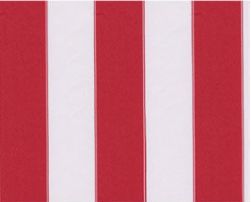
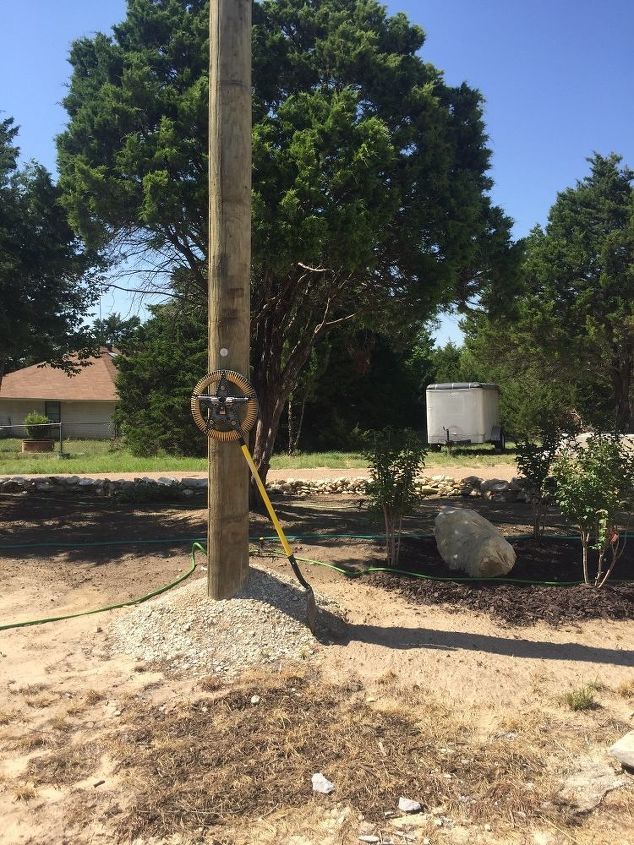
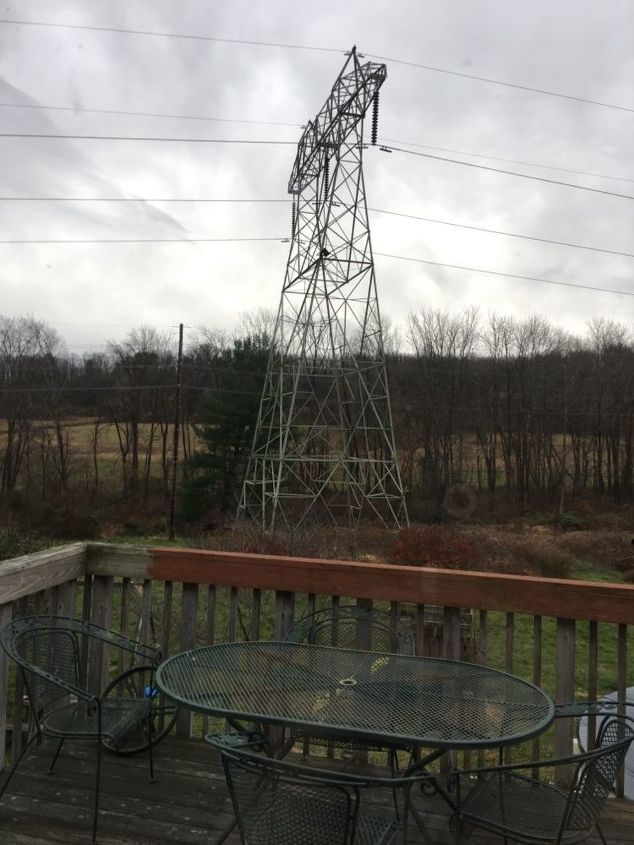
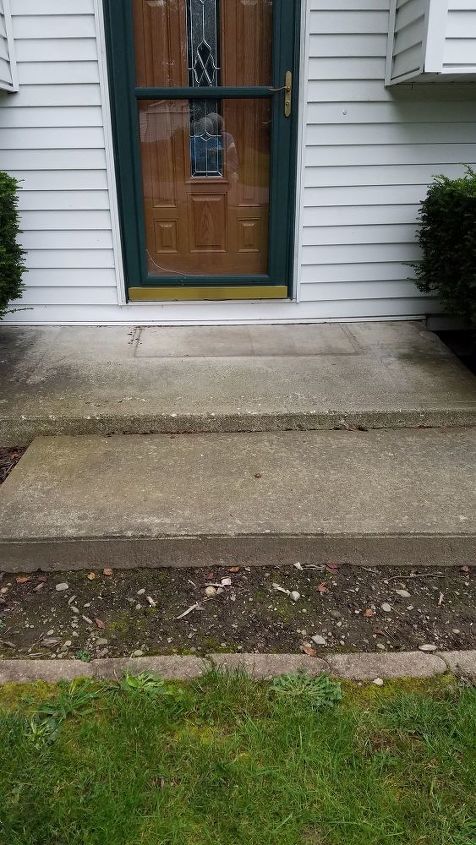
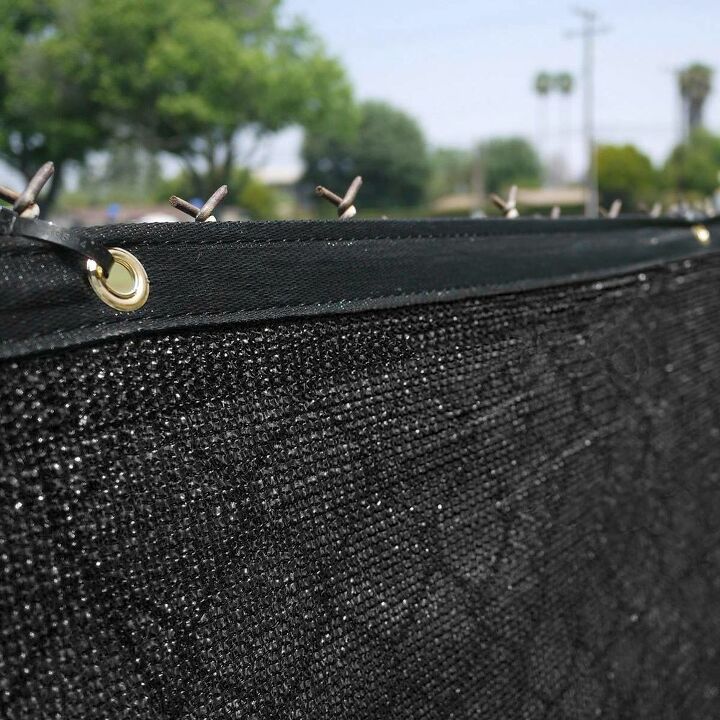
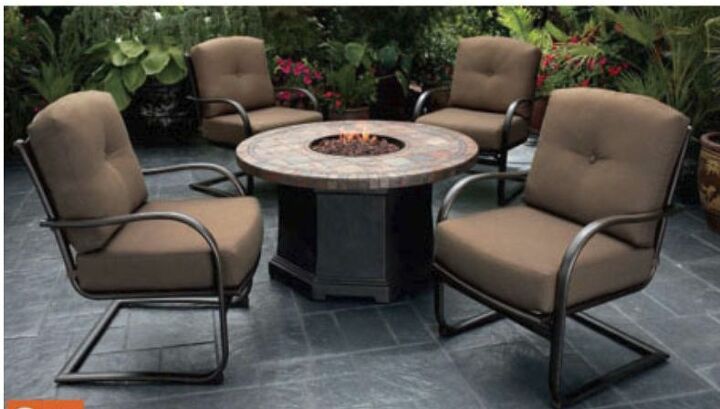

I only sew a bit, but I think flat felled would look the cleanest, and on another note, you could Scotchguard the fabric before you put it up and it will be a little more protected from the sun and other elements.
A French felled seam will be completely inclosed and require less trimming. You can make your first seam with wrong sides together using your overlock or serger (say 5 mm), then fold the fabric over that seam, so that right sides face each other and sew a second seam (say 7 mm) enclosing the first seam with a straight stich.
A flat felled seam requires a larger seam allowance, trimming part of the first seam's allowance away, and then folding the fabric over to encapsulate the raw edges of your first seam.
A flat felled seam requires more work because of the folding but it puts both lines of stitching on the same plane. It is a strong seam - think jeans.
You can also flaten out a French felled seam if you fold the enclosed fabric to one side and stitch it flat thus making each seam with 3 lines of stitching verses 2.
I vote French seam. Very durable too.
I would also use Sunguard or Marine thread. Sin to do all that work and the thread gives out after one year, if not before
Maybe just over lap bout 2-4stripes n sew double line straight down each edge
The French felled seam would be stronger under windy conditions ... as it consists of 2 actual seams... another option is to overlap the fabric and use a serpentine stitch... like a zigzag combined with a straight stitch... very strong.. I use it a lot when working with outdoor canvas materials.
Be sure and get a UV coated automotive type thread... also... if you are using a home sewing machine... try using a leather needle on the machine... very sharp point and sharpened edges to help it go thru thicker materials easier... I order mine from wawak.com and get the Schmetz needles... size range from 14 to 16 for the heavier thread
Good idea, Teacup. I was hoping to get cushion covers out of the leftovers so I'll have to weigh the idea of perfectly matching the stripes, which your idea would ensure, against buying more fabric for cushions. Thanks.
Glad to help. I think it’s critical if you’re going to do all that OMG work!!!